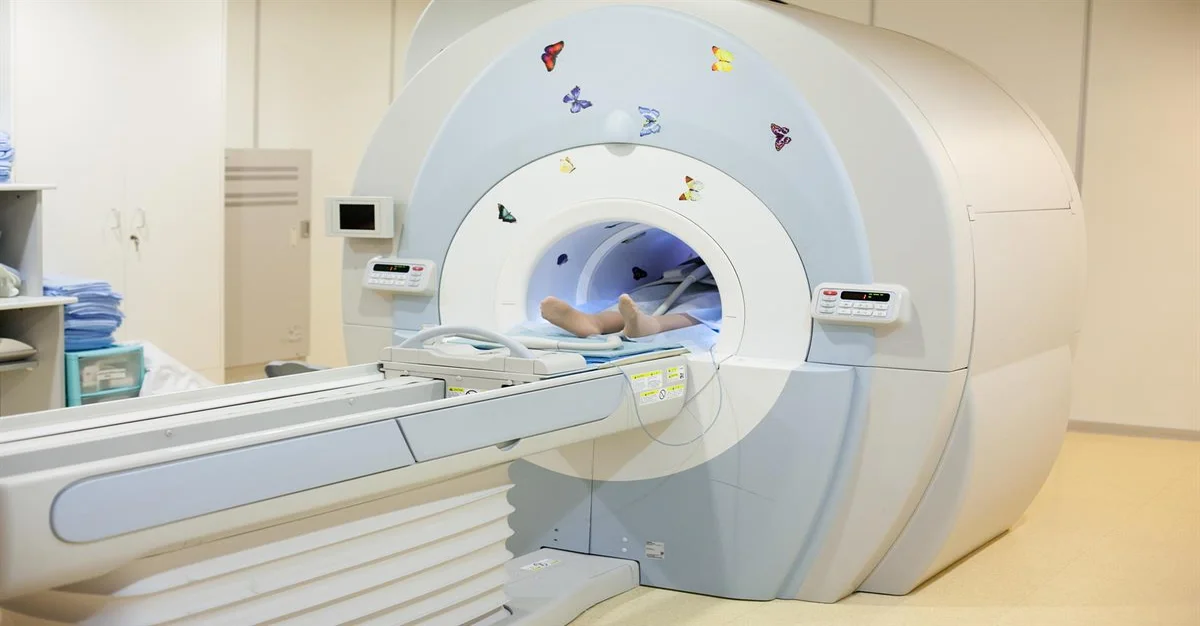Radiation is consider a carcinogen by the World Healthcare Organization (WHO). The dangers of excessive exposure to radiation are not small; they may result in a range of healthcare problems. Including cancer development and the occurrence of birth defects as well as cataracts and hair loss. Therefore, both patients and medical personnel stand to gain by adhering to the finest radiation safety measures. The topic of radiation protection and the steps you may take to reduce the risks associate with radiation. Such as X-Ray shielding will be cover in this article.
The Reasons Why Radiation Safety Faces Problems
- One of the main reasons why people are expose to excessive amounts of radiation is that many people. Who work around radiation in the medical field have only had basic radiation training. Vascular surgeons, and interventional cardiologists for example. Frequently receive only a small amount of radiation training, in contrast to interventional radiologists, who are train in the safe use of radiation. They may understand little about safety and employing X-Ray shielding services since they frequently are inexperience with all of the origins of radiation exposure.
- In addition, the fact that the essential team member for a vascular surgeon or interventional cardiologist may be a nurse, who most likely has little to no radiation safety training, rather than the radiologic technician, who also has receive radiation safety training, which only serves to exacerbate the issue. That is not to suggest, however, that all radiologists follow the finest radiation safety procedures. Many of them have grown stale despite their training.
- Furthermore, we frequently use significantly more radiation than is necessary. The highest visual quality is being prioritize in the United States, which results in greater radiation. In contrast, safety is prize more strongly in Japan and Europe where this is not the case. The minimal amount of radiation require to get a respectable image is the optimum dosage. A skill technician understands how to capture high-quality photos without using too much radiation.
Who Is Keeping Score?
Facility
The radiation safety officer of the hospital and the technicians who operate in the department share responsibility for radiation safety in the majority of hospitals. The dosimetry tags that must be don at all times and return every month for assessment of risk by an outside organization are use by the safety officer to maintain track of the radiation exposure of healthcare personnel. The American Council on Radiation Protection & Measurements states that in addition to their background radiation exposure, those who work with radiation can get an additional 5,000 millirems of radiation per year without harm.
State
Usually, the state conducts inspections either once or twice a year. Furthermore, the Joint Commission mandates that hospitals have written policies addressing the use of precautionary measures and personal protective gear while using hazardous chemicals, such as radiation and x-ray apparatus. Hospitals must supply protective equipment, including lead aprons and screens, and demonstrate that it is worn as necessary, per the Commission’s requirements. Additionally, they demand that records of each worker’s exposure be kept, which are done so via dosimetry badges.
It is simple to revert to unhealthy habits and complacency when no one is looking, though. Because of the workload in hospitals, some physicians decide not to wear a tag when a dosimetry label value is high rather than spending the time to find the explanation. The fact that the cause of the excessive dosimetry figures is frequently simple to address and usually improves worker and surrounding-person safety makes this situation particularly regrettable.
Ways to Enhance Radiation Safety
The good news is that there are a variety of methods by which healthcare facilities can enhance radiation safety.
Put Shielding into Action
There are several different types of shielding, which is another crucial safety mechanism. It is crucial to make optimal use of all the resources offer while also asking for more shielding when need.
Materials Use for Shielding:
- Lead spectacles and apron with thyroid shield
- Protective drapes installed on equipment (this is particularly critical for eye protection during interventional processes)
- Shields that move and remain stationary
- Patient drapes that can be thrown away to reduce radiation dispersion. A specific thickness of lead must be utilize in the windows, walls, doors, etc., of any room use for radiation. This is known as architectural shielding.
Course on Radiation Safety
Demanding that everyone who works with or near radiation, including doctors, machine operators, technicians, nurses, anesthesiologists, and anybody else, complete radiation safety training is a great starting step. Even if some might contend that there is not enough time in the workday for this, it needs to be given priority. Radiation use will become safer as a direct result of training. For instance, in some regions around the world, it is mandatory for everyone who uses fluoroscopy, including doctors, techs, nurses, physician assistants, and to complete a course in fluoroscopy and receive a permit.
Effective Communication
In order to guarantee that everyone on the healthcare team realizes that radiation safety is their responsibility, it is also crucial to establish excellent communication among them. If nurses or technicians have concerns about safety procedures, they should be encourage to voice their concerns. Doctors must be made aware that their support workers must express any issues they may have, and that they must evaluate these concerns rather than dismissing them. Unfortunately, many hospitals do not have this as part of their culture.
Control Doses
The fact that radiation dispersion from the patient exposes workers to the highest radiation makes dose control and dose reduction vital. In this way, both patients and employees gain from patient dose control. In doing so, it is important to reduce both the length of the fluoroscopy and the number of images taken during it.
Place the X-Ray Tube in the Proper Position
In particular, the placement of the tube that generates the x-ray, which travels from the subject to the detector, is a point that is sometimes disregard. In order to reduce the radiation need and increase image quality, the sensor ought to be as near to the subject as possible. Many operators believe it to be more convenient to have the detector farther distant from the patient during procedures like coronary angioplasty and stenting because it can be move around the patient more readily. The patient receives 50–60% more radiation as a result of improper application, which is unfortunate.
Conclusion
However, radiation must be respect as a valuable diagnostic tool. It has become clear that radiation safety procedures, which can differ greatly from facility to facility and from physician to physician, still have a lot of opportunities for improvement. For the benefit of everyone, all professionals who work in radiation environments in hospitals, such as technologists, nurses, and doctors, must pledge to utilize radiation in a safer way.


